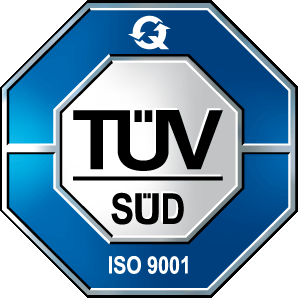We have only just gotten used to the new PMP® PREP course, which last year, like the rest of the world, we started providing in a form standardized by PMI®, and we already need to switch to its new version. Well, we need Agile in every dimension 😊 It is important that the changes go in the right direction. That is certainly the case here. I can even say that the failed experiment from the previous iteration has been abandoned. The current PREP is much closer to what we have been trying to convey to our pmexperts students over the years as part of their preparation for the PMP® exam. Of course, there are also important new elements, but more on that in a moment.
Let’s start with the course structure. Apart from the introduction, it consists of 6 lessons. The first one, Business Environment, takes us through the basics of project management, but also covers, for example, compliance issues. The second one, Start The Project, as the name suggests, is about starting a project. Since the beginning is the identification of stakeholders, we immediately discuss issues related to communication management. I like this! Additionally, we will immediately consider the appropriate approach to the project, i.e. predictive, agile and hybrid. References to these 3 types can be found throughout the course.
We’ll look at planning next in the Plan The Project lesson. There will be a lot of classic tools here (remember, the Gantt chart has over 100 years of history!), but there will also be references to the 3 typical project life cycles mentioned above. The next lesson, Lead The Project Team, emphasizes a view of the serving role of the project manager. While the next one, Support Project Team Performance, focuses on continuous improvement and the need to embrace change. Finally, the last one, Close The Project/Phase, naturally closes the entire project management cycle.
The entire course is, of course, extensive. 540 slides not including the introduction. Very usefully, they also include specific references to the Project Management Professional (PMP)® Examination Content Outline. In addition, there are practice questions that we discuss for each lesson. There is a lot to do and it is intense. However, the reviews from the first participants are very positive and encouraging. The entire material now presents a coherent picture of the knowledge necessary for a project manager.
Finally, it is worth mentioning agility. Today, Agile questions make up approximately half of the 180 exam questions. Therefore, the topic could not be omitted in the PMP® PREP course. On the contrary, there is a lot of Agile and without thorough knowledge of the topic, it is difficult to imagine currently taking the exam. To sum up, it should be said that training participants should certainly use the following methods when preparing for the exam PMBOK® Guide seventh and sixth editions (possibly in this place Process Groups Practice Guide) and Agile Practice Guide and … Scrum Guide. Yes exactly Scrum Guide I mean!
Author of the article: Maciej Krupa








